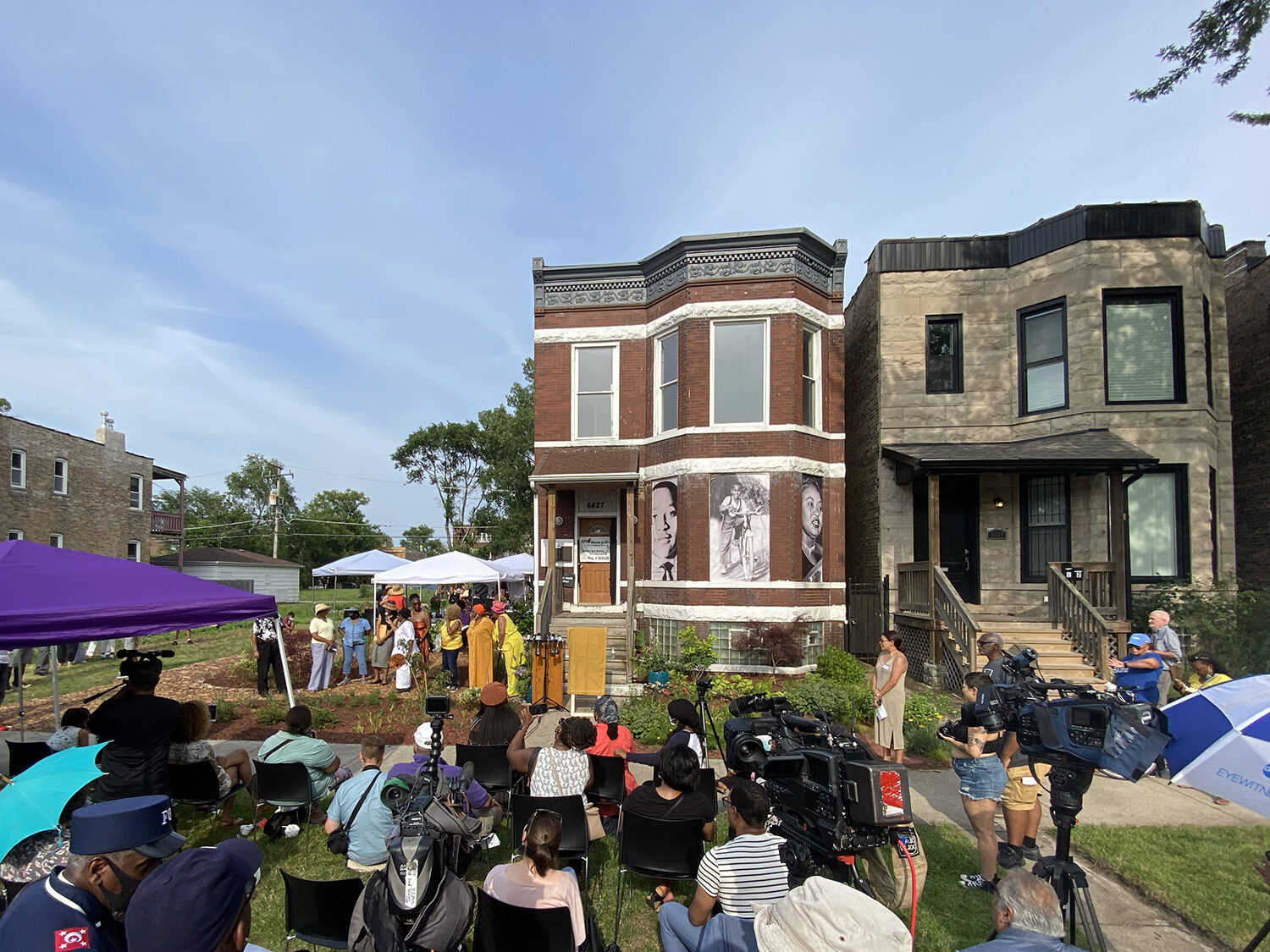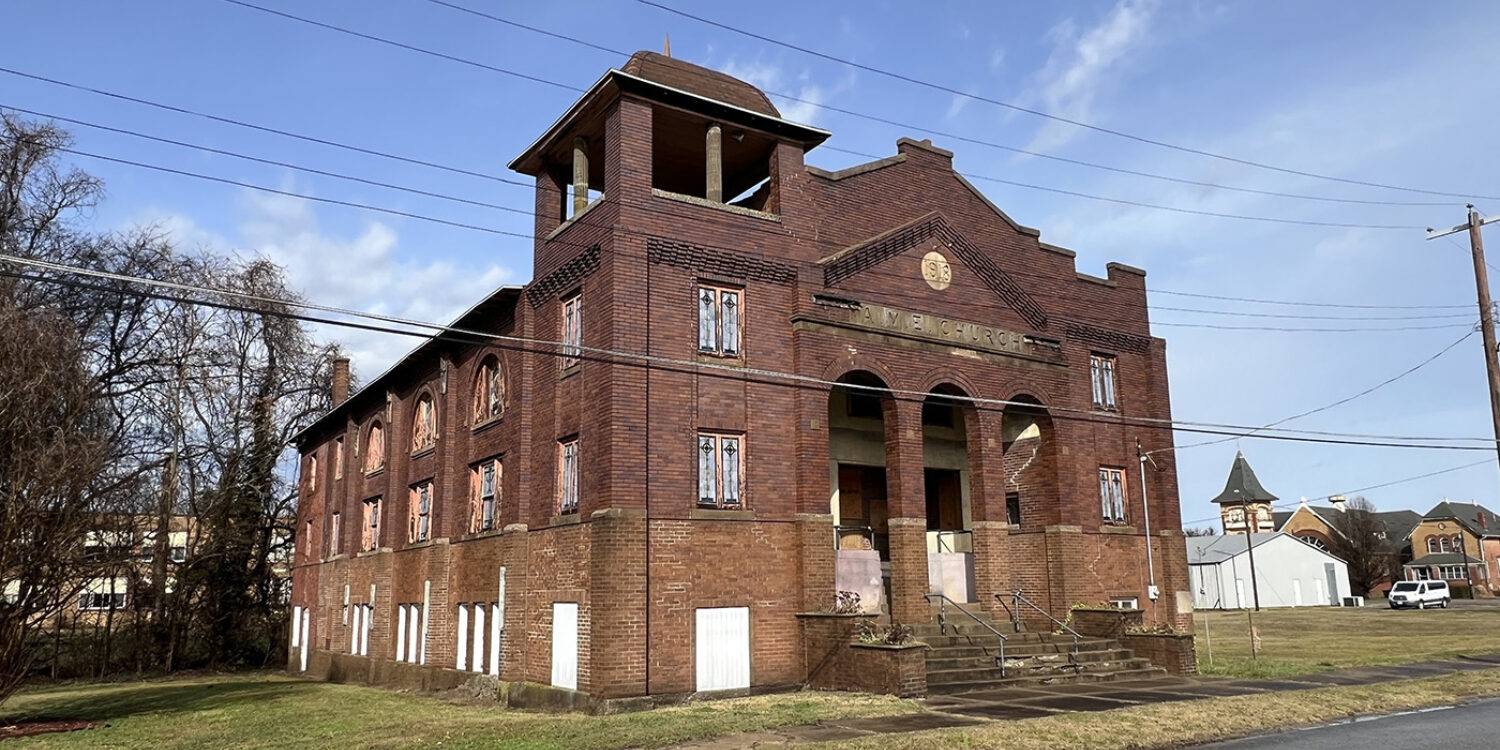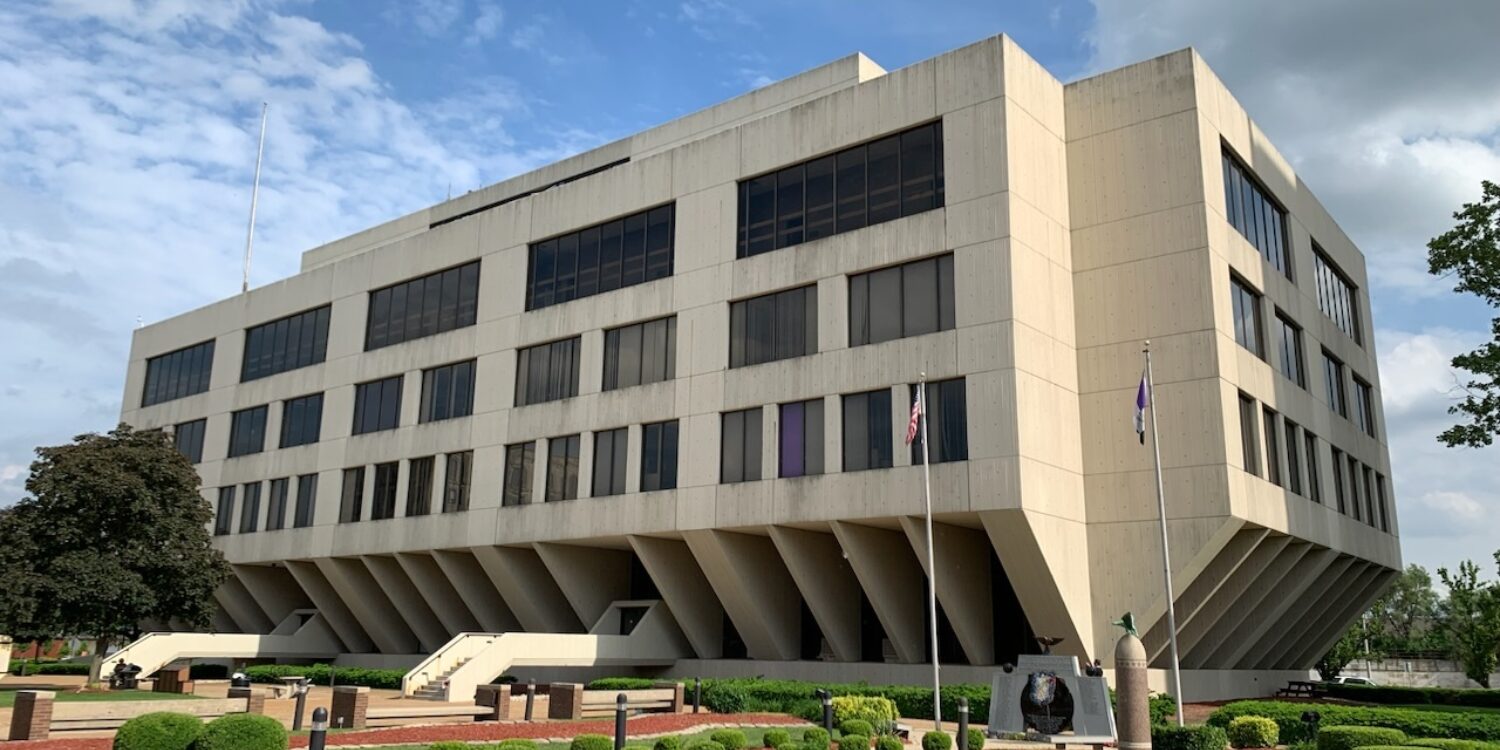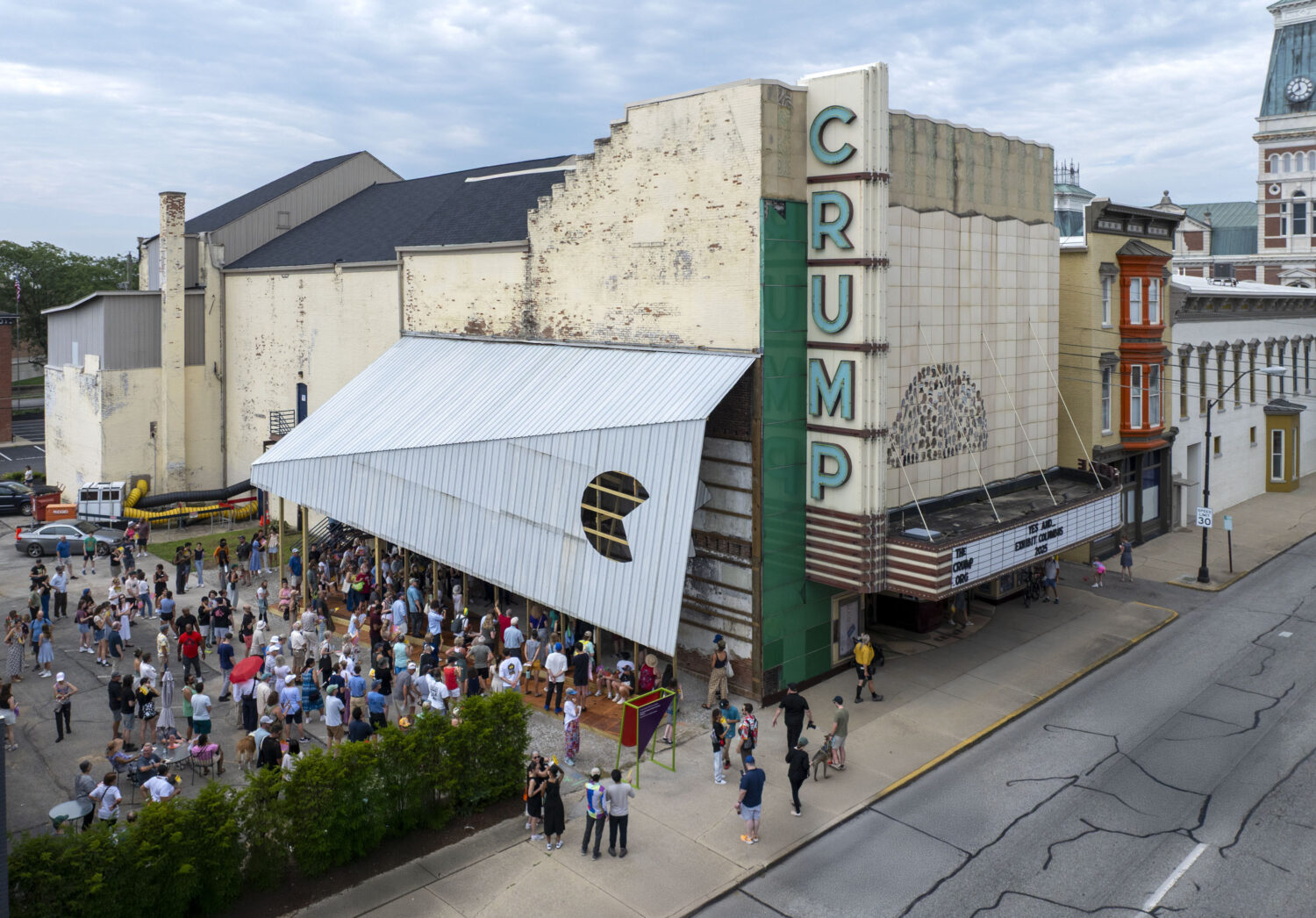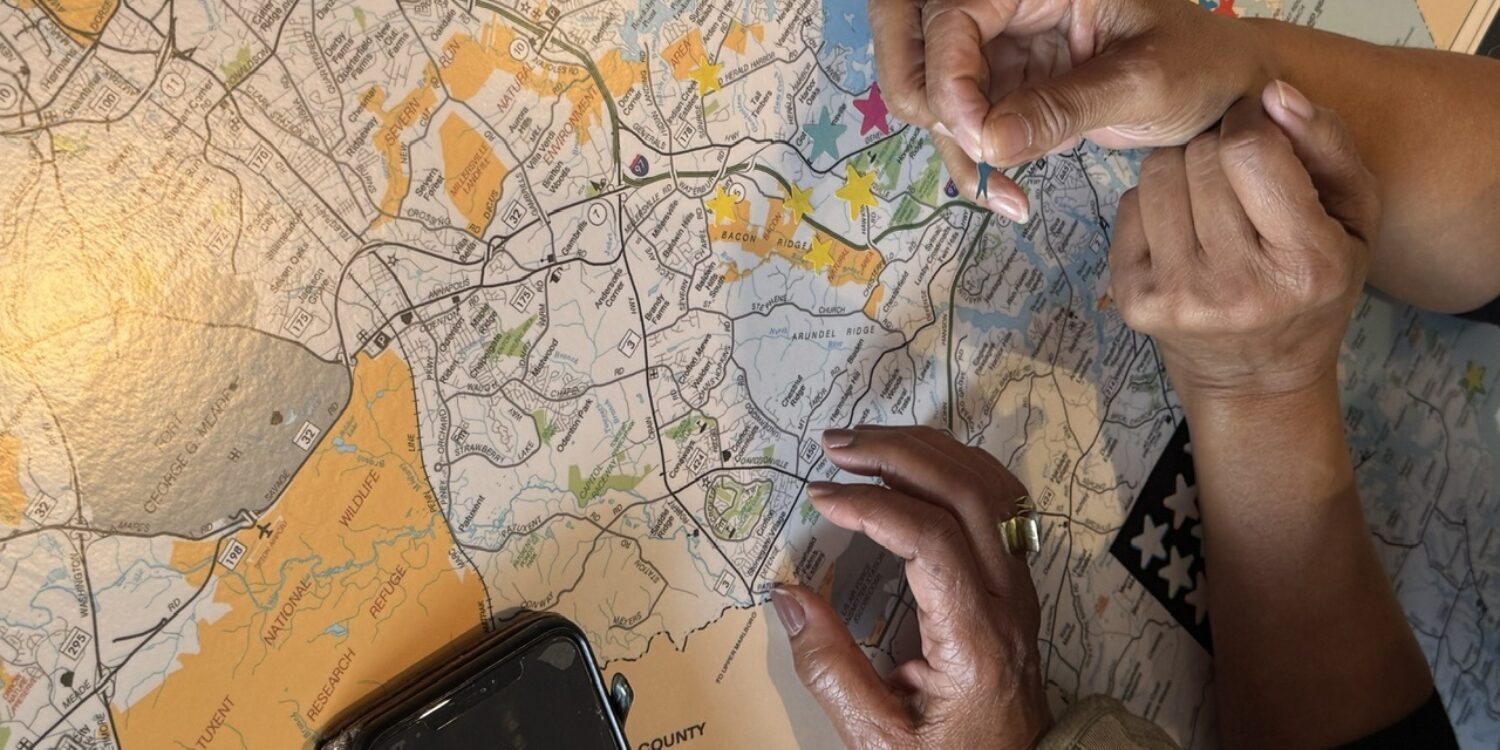Home
Preservation Futures is a Chicago-based firm connecting the past, present and future of the built environment through research, action, and design.
We Get Landmarks Recognized
Preservation Futures has a track record of successfully nominating properties to local and national landmark registers.
“ Preservation Futures displays a technical, yet thoughtful and culturally competent approach to historic preservation which supports the growing emphasis on making sure places associated with people of color and underrepresented communities are equitably represented in the preservation movement.”
Tiffany Tolbert, Senior Director, National Trust for Historic Preservation

Elizabeth Blasius
elizabeth@preservationfutures.com
Elizabeth Blasius is an architectural historian and writer, and partner in the firm Preservation Futures. She has worked extensively in the public and private sector, consulting clients in following the National Environmental Policy Act (NEPA) and Section 106 of the National Historic Preservation Act (NHPA). Her specialization within this work is how preservation policies come into play in the recovery and mitigation of the historic built environment following an event of climate violence, or other act of destruction. Blasius writes a monthly column for MAS Context, a non-profit architecture and design platform. Blasius has previously served as the Midwest Editor of The Architect’s Newspaper and has been published in Bloomberg CityLab, Curbed, The Chicago Tribune, and Block Club Chicago.
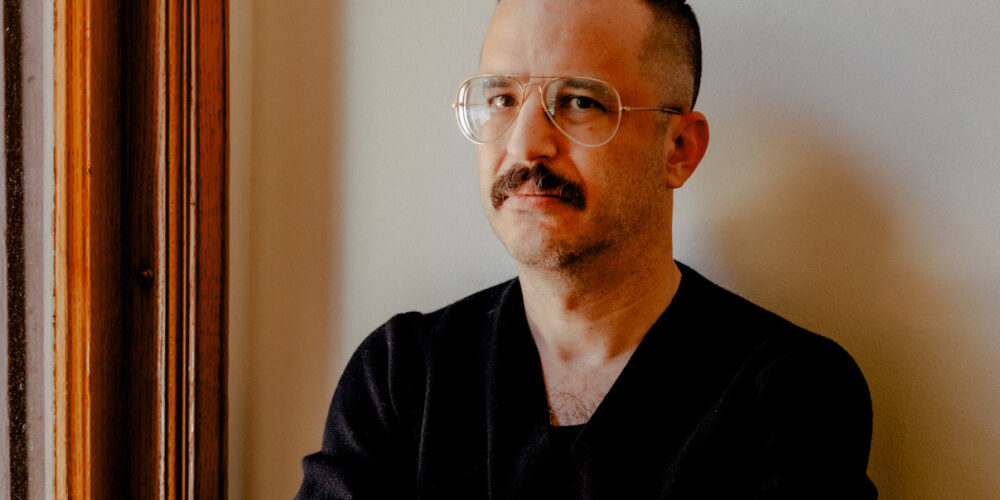
Jonathan Solomon, FAIA
jonathan@preservationfutures.com
Jonathan Solomon, FAIA, is Professor of Architecture at the Art Institute of Chicago and partner in the firm Preservation Futures. His work includes award-winning adaptive reuse design, preservation consultation, and scholarship. Solomon has extensive international experience in arts leadership. He has directed schools, taught, and developed programming with institutions worldwide, including serving as founding editor of 306090 Books, curator of the US Pavilion at the Venice Architecture Biennale, and director of the independent Chicago gallery Space p11. Solomon is a registered architect in the State of Illinois and a Member of the College of Fellows of the American Institute of Architects.
We Tell the Whole Story
Preservation Futures is committed to supporting communities that have been historically overlooked by the preservation movement.
